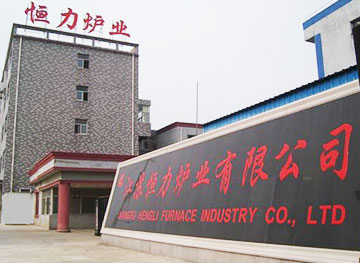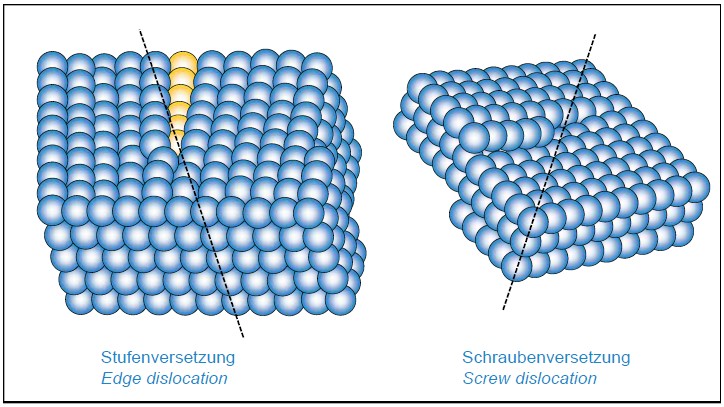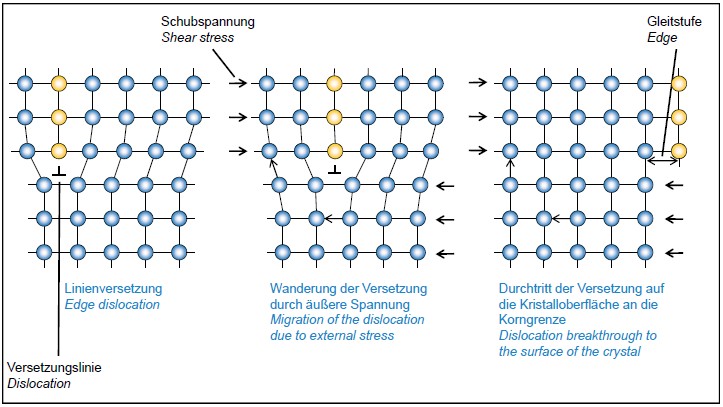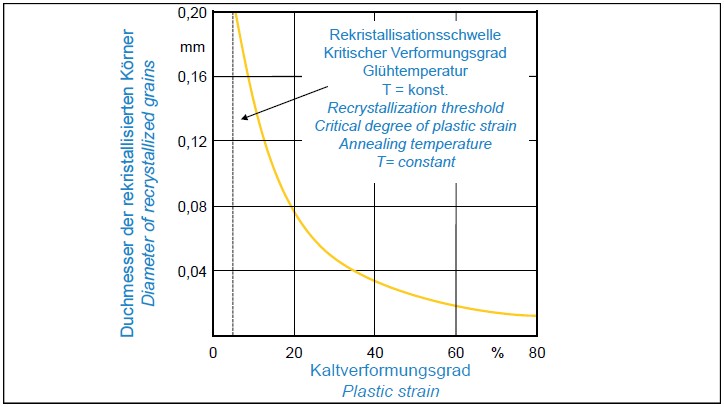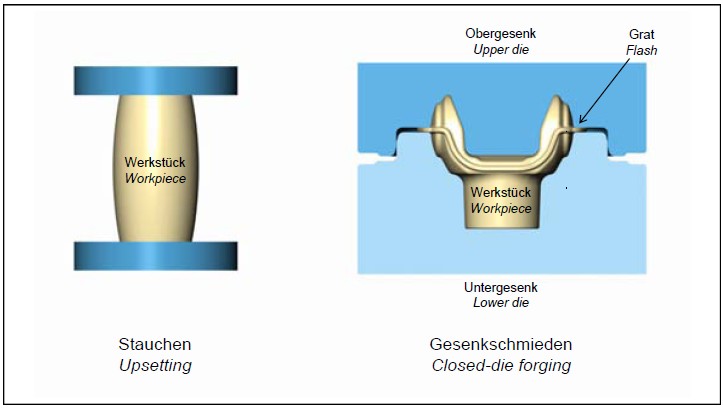|
What is forging?
Forging is manufacturing process where metal is pressed, pounded or squeezed under great pressure into high strength parts known as forgings. The process is normally (but not always) performed hot by preheating the metal to a desired temperature before it is worked. It is important to note that the forging process is entirely different from the casting process, as metal used to make forged parts is never melted and poured (as in the casting process). Forged workpieces have an overall higher fatigue strength compared to machined and especially compared to cast or sintered parts. Forgings are therefore the components of choice in applications with high loads and limited space that demand high material strength. Why use forgings and where are they used?The forging process can create parts that are stronger than those manufactured by any other metalworking process. This is why forgings are almost always used where reliability and human safety are critical. But you'll rarely see forgings, as they are normally component parts contained inside assembled items such as airplanes, automobiles, tractors, ships, oil drilling equipment, engines, missiles and all kinds of capital equipment - to name a few. Who buys forgings?Forged parts vary in size, shape and sophistication - from the hammer and wrench in your toolbox to close tolerance precision components in the Boeing 747 and NASA space shuttle. In fact, over 18,000 forgings are contained in a 747. Some of the largest customer markets include: aerospace, national defense, automotive, and agriculture, construction, mining, material handling, and general industrial equipment. Even the dies themselves that make forgings (and other metal and plastic parts) are forged. What metals are forged?Just about any metal can be forged. However, some of the most common metals include: carbon, alloy and stainless steels; very hard tool steels; aluminum; titanium; brass and copper; and high-temperature alloys which contain cobalt, nickel or molybdenum. Each metal has distinct strength or weight characteristics that best apply to specific parts as determined by the customer. What kind of equipment is used to make forgings?Although the styles and drive systems vary widely, a forging can be produced on any of the following pieces of equipment. Hammers with a driving force of up to 50,000 pounds, pound the metal into shape with controlled high pressure impact blows. Presses with a driving force of up to 50,000 tons, squeeze the metal into shape vertically with controlled high pressure. Upsetters are basically forging presses used horizontally for a forging process known as "upsetting". The term forging encompasses a variety of processes that are carried out hot, warm or cold. Forging is a suitable process for almost all metallic materials. In combination with the numerous heat treatment processes, the material may be adapted to optimally meet the demands of the particular application area.
|
鍛造事實







